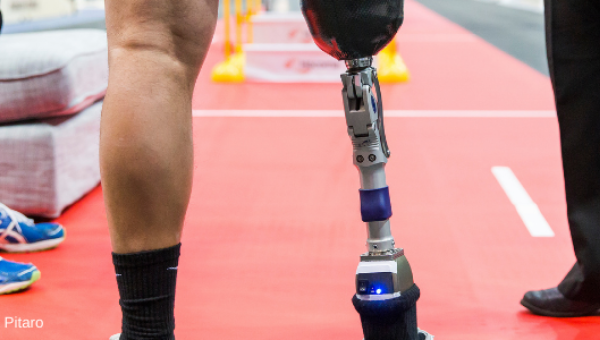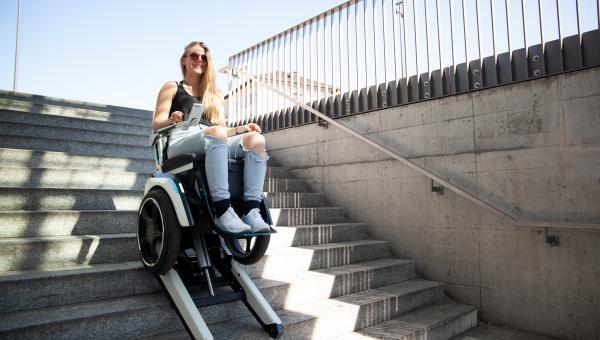Four-arm robotic surgery

Does four-armed robotic surgery controlled by a sole surgeon sound impossible? Swiss researchers have just demonstrated that it isn't – and shown how it can be done.
Modern instruments and robotics have become commonplace in surgery. But difficulties arise when more than two robotic arms are at work. EPFL roboticists have made a significant advance in laparoscopic (minimally invasive) surgery by combining multi-limb manipulation with shared control augmentation, allowing a single surgeon to control a total of four robotic arms simultaneously.
Reducing the surgeon's workload
The results of several years of research have been published in The International Journal of Robotics Research and show that such a setup can reduce the surgeon's workload and improve precision and safety. In Geneva, specialists have already been successfully trained on the new system and clinical trials are under way.
Controlling two additional arms
The system allows surgeons to control two additional robotic arms using haptic foot interfaces. The surgeon's hands control manipulative instruments, while their feet control an endoscope/camera and an actuated gripper. The foot pedals provide haptic feedback to guide the surgeon's foot movements and avoid putting the patient at risk.
Shared control
Similar to adaptive cruise control in modern cars, the device also provides assistance by sharing control of the robotic arms with the surgeon. In the EPFL's press release, Professor Aude Billard explains how the robots reduce the complexity of human control. This control is especially tiring because the surgeon must control, simultaneously, two of the robotic arms with her or his feet. So mimicking human assistance, the robots use their predictive AI to coordinate their movements with the surgeon's intent and adjust instruments accordingly. For example, they help the surgeon grasp tissue more precisely. This innovative system reduces the need for multiple people, as it enables just one surgeon to collaborate in a concurrent workspace with AI to properly perform laparoscopic procedures that currently require at least four human hands.
By incorporating foot-controlled robotic assistants and shared control strategies, we reduce the mental and physical load on surgeons and we hypothesise to improve surgical outcomes.
User study shows effectiveness
To assess the system's usability and effectiveness, an in-depth user study was conducted with practicing surgeons. Mohamed Bouri, who heads the research group REHAssist that worked with the EPFL to develop the system, co-authored the study.
While the system is still being tested and improved, the authors' findings already confirm its usability, i.e. feasibility of a sole surgeon performing four-arm surgical-like tasks without extensive training on it. And regarding effectiveness, the system's shared control strategies were found to reduce task load, enhance performance, increase fluency, and improve coordination during laparoscopic surgery.




